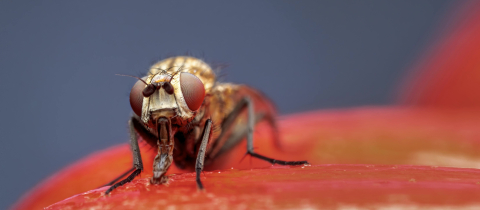Like any plant, the tea plant is composed of hundreds of different compounds. Some of the most interesting ones fall into the category of polyphenols, so called because of their molecular structure. These compounds, specifically a sub-category called “tannins” are responsible for the dark colour you sometimes get in tea and they also account for the possible health benefits of tea.
The tannins themselves are light coloured but when they react with iron they form dark coloured complexes. Indeed, historically inks were made by extracting tannins from oak trees and combining them with iron compounds. But where does the iron come from when making tea? The water! Now, we are not talking about chunks of metal floating around, we are talking about iron compounds dissolved in the water. This happens as water flows through the ground which contains a variety of iron compounds. In different regions, tea will be different colours, depending on the iron content of the water. Some water filter manufacturers advertise the fact that water made with the filtered water will be lighter in colour. This may be true but is of no real consequence. The filter removes iron from the water so the complex with the polyphenols cannot form. And how about the lemon juice connection? It turns out that the iron-polyphenol complex is not stable in acids and lemon juice contains citric acid. So that is why the tea gets lighter when it is added.
Not everyone notices this colour effect. Some add milk to their tea and this of course masks the colour. Then the question of whether or not this detracts from the health benefits has to be addressed. In theory, the catechins, the beneficial compounds, can complex with casein, a milk protein and therefore there has been some concern about what the addition of milk to tea might do. But a Dutch study looked at human catechin concentrations in the blood after drinking green tea, black tea and black tea with milk. The study involved 12 people consuming 3 grams of tea a day (roughly 6 cups). Peak catechin levels were found after 2.5 hours and there was no difference in levels with milk. Actually the half-life for blood clearance was 4.8 hours for green tea, 6.9 for black and 8.6 for black tea with milk. So if anything, the milk seems to help. Then of course there is the eternal question of just how long you should brew the tea. That’s a hot emotional issue that I’m not prepared to tackle. But I will leave you with one new development. Japanese researchers are using tea bags to cure sick building syndrome. Tea bags scattered around the house soak up formaldehyde aided by tannins in tea. In some cases, formaldehyde in the air fell by 60-90%. See, I told you tea was healthy.
Want to comment on this article? Visit our FB Page!







